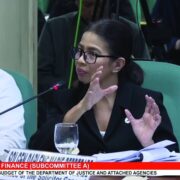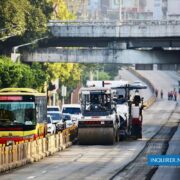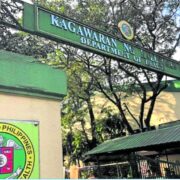Going bananas: SoKor farmers try to cope
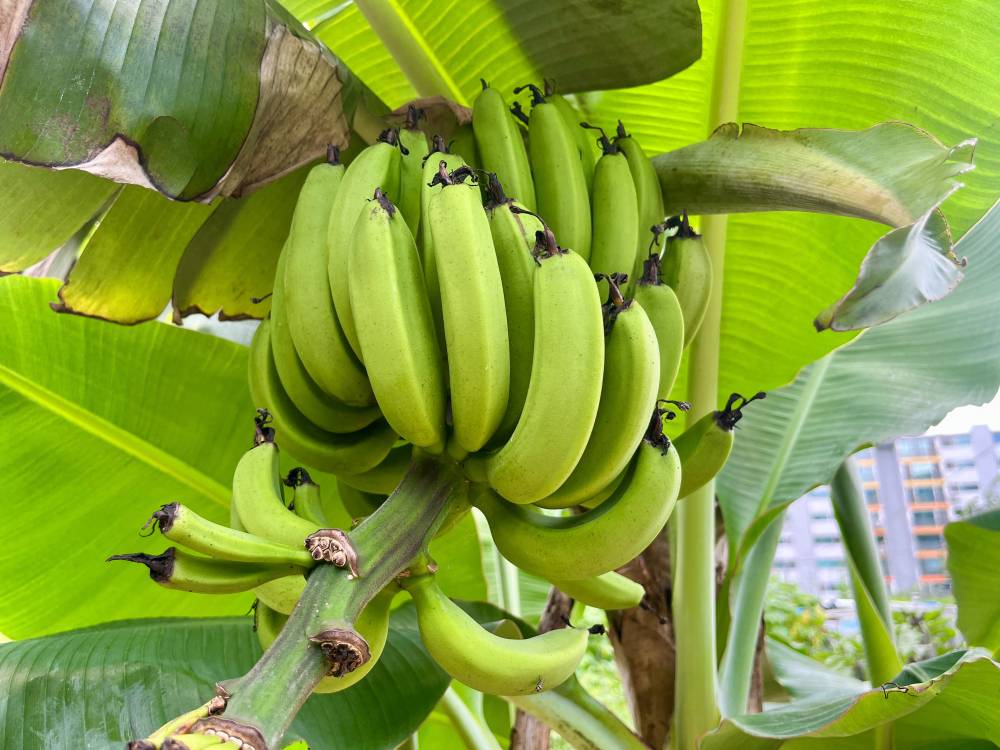
SEOUL—South Korean farmer Ma Myung-sun had low expectations for the crop of subtropical bananas he planted in a community farm in Seoul, but warmer temperatures due to climate change have produced a welcome surprise in the form of flowers and fruit.
Ma, 73, still has to use a greenhouse for part of the year to shield the plants from South Korea’s cold winters, and is among a growing number of farmers experimenting with crops usually more suited to a warmer climate.
South Korea’s cultivated area of subtropical crops has jumped from about 295 hectares in 2021 to 3,306 ha in 2023, with 67 banana farms in the south, according to the Rural Development Administration, a state agricultural organization.
“I want to try growing other tropical crops, too. So, as you can see here, I have planted these papaya trees as well,” said Ma, pointing to a shrub growing next to the banana trees.
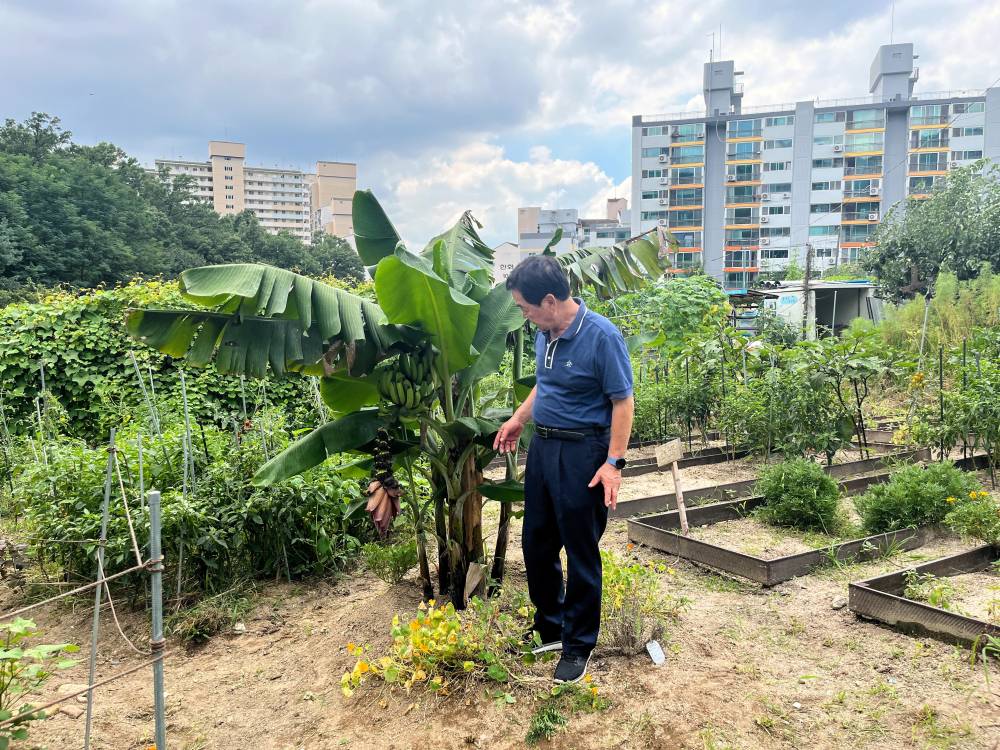
Ma opened up part of his family pear farm to city dwellers in 2006, and as happy as he is about his modest success, he worries about what it means for the climate.
“I feel that the climate crisis has become very serious,” said Ma, who has been a farmer for 25 years.
Warmer, wetter
South Korea lies in the temperate zone and has four distinct seasons, but its climate appears to be getting warmer and wetter throughout the year.
Since 2012, average annual temperature has shown a continuous warming trend, the Korea Meteorological Administration said in a report, noting that the average temperature last year of 13.7 degrees Celsius was the highest since its records began in 1973.
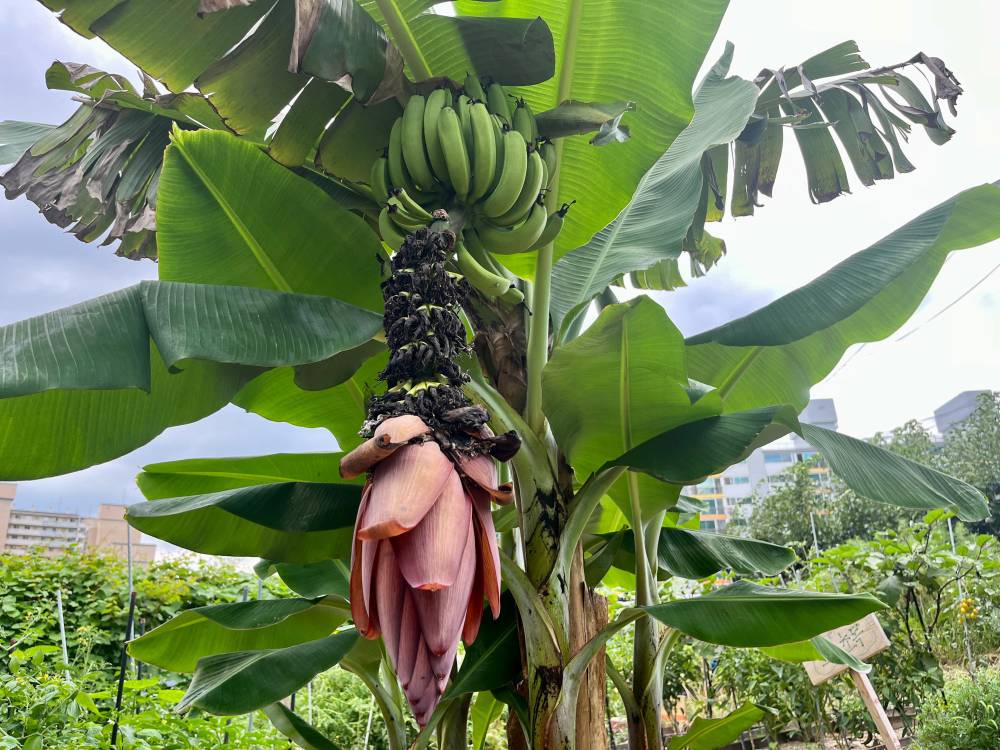
Rainfall during last year’s monsoon season was 660.2 mm nationwide, nearly double the 356.7 mm annual average figure.
Kim Kwang-soo, a professor of Agriculture and Life Sciences at Seoul National University, said South Korea’s climate conditions were becoming similar to subtropical regions, so it was vital for farmers to find suitable crop varieties.
Tropical and subtropical fruit are typically expensive in South Korea, meaning consumers should welcome the prospect of cheaper local produce.
“My kids love bananas. So, it would be good if we harvest bananas in this country,” said Kim Ji-youn, who was purchasing imported bananas in a Seoul supermarket. —REUTERS
Reuters, the news and media division of Thomson Reuters, is the world’s largest multimedia news provider, reaching billions of people worldwide every day. Reuters provides business, financial, national and international news to professionals via desktop terminals, the world's media organizations, industry events and directly to consumers.






